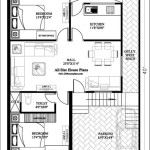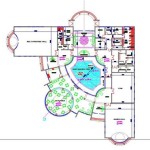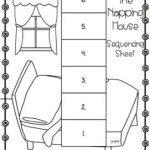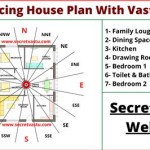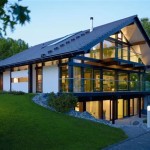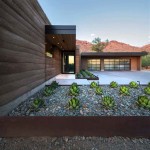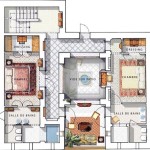Floor Plans for a House Built Into a Hill: Essential Considerations
Building a house into a hill can be an exciting and rewarding project, offering unique opportunities for energy efficiency, stunning views, and harmonious integration with the surrounding landscape. However, it's essential to carefully consider the floor plan to ensure a functional, comfortable, and aesthetically pleasing living space.
1. Site Assessment and Orientation:
Thoroughly analyze the topography and orientation of the site. Determine the hill's slope, soil conditions, and access points. Consider the sun's path and prevailing winds to optimize natural lighting, passive solar heating, and ventilation.
2. Zoning and Building Codes:
Consult with local authorities to understand zoning restrictions and building codes. These regulations may dictate the maximum height, setbacks, and other construction requirements that need to be incorporated into the floor plan.
3. Level Changes and Accessibility:
Incorporate strategic level changes to accommodate the sloping terrain. Design ramps, stairs, or elevators to ensure accessibility and smooth transitions throughout the house. Consider the needs of individuals with mobility challenges or elderly residents.
4. Natural Lighting and Ventilation:
Take advantage of the hill's elevation by incorporating large windows and skylights that maximize natural light. Utilize outdoor spaces and courtyards to enhance ventilation and create a connection to the outdoors.
5. Energy Efficiency:
Design the house to minimize energy consumption. Insulate the exterior walls, roof, and foundation thoroughly. Consider incorporating passive solar heating, such as south-facing windows and thermal mass, to reduce heating costs.
6. Water Management:
Address water runoff and drainage carefully. Design gutters, downspouts, and retaining walls to prevent water damage to the house or erosion of the surrounding hillside.
7. Structural Considerations:
Ensure that the foundation and structural system are designed to withstand the unique challenges of building into a hill. Consider soil stability, lateral forces, and potential erosion.
8. Landscaping and Outdoor Spaces:
Integrate the house seamlessly into the surrounding landscape. Utilize terraces, retaining walls, and native plants to enhance the aesthetic appeal and create outdoor living spaces that harmonize with the natural environment.
Conclusion:
Creating a well-designed floor plan for a house built into a hill requires careful consideration of various factors. By thoughtfully addressing these essential aspects, architects and homeowners can create functional, comfortable, and visually captivating living spaces that embrace the unique opportunities presented by the sloping terrain.

The Architect Split Level House Built On Steep Slope Description From Kathabuzz Co Into Hillside Architecture Unique Plans

Hillside House Plan Modern Daylight Home Design With Basement

A Guide To Sloping Lot House Plans

Steep Slope Home Designs House Plans 3 Jpeg 480 398 More Houses On Edge Dream Design Architecture Modern

Hillside And Sloped Lot House Plans

Long And Low Brewer House Tucks Naturally Into Hillside

Hillside House Plans With Garages Underneath Houseplans Blog Com

34 Steep Slope Homes Ideas Hillside Landscaping Sloped Backyard House

29 Steep Slope House Plans Ideas

House Plan Walden Hill Sater Design Collection


